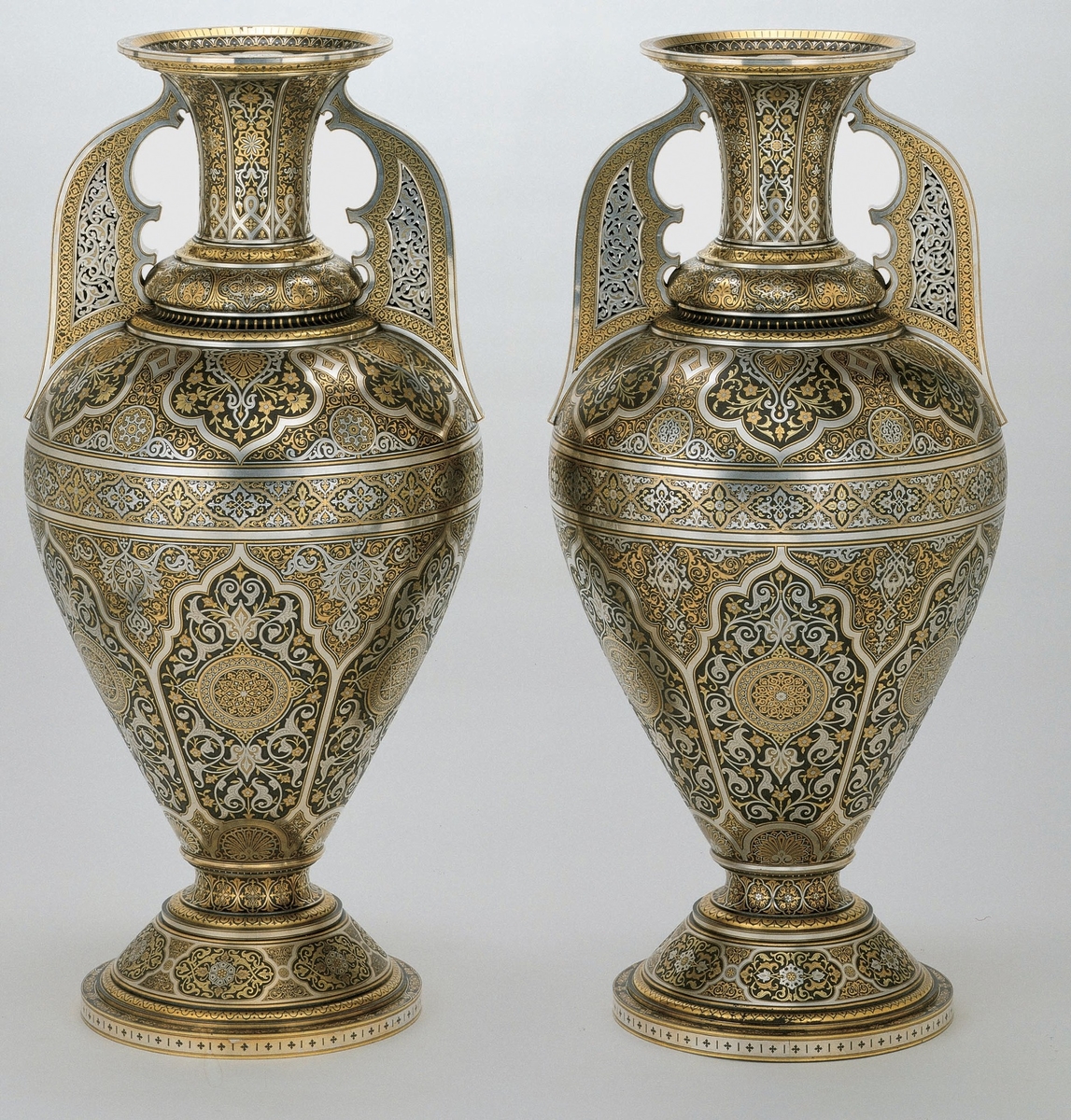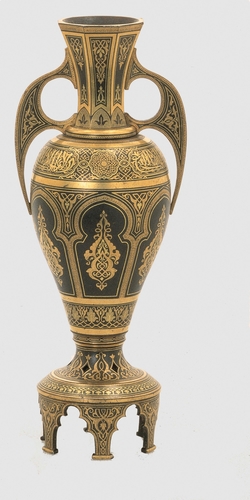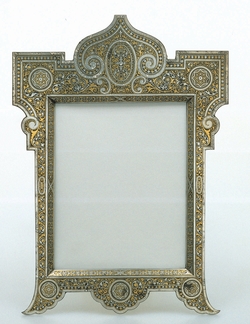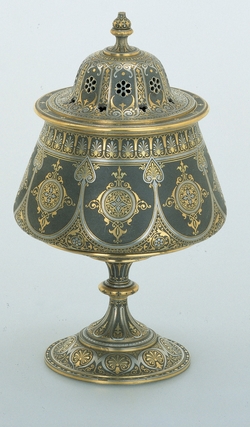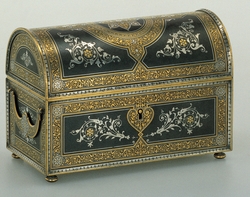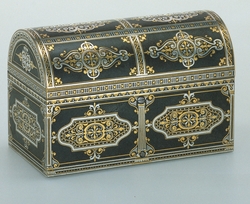How you can use this image
This image can be used for non-commercial research or private study purposes, and other UK exceptions to copyright permitted to users based in the United Kingdom under the Copyright, Designs and Patents Act 1988, as amended and revised. Any other type of use will need to be cleared with the rights holder(s).
Review the copyright credit lines that are located underneath the image, as these indicate who manages the copyright (©) within the artwork, and the photographic rights within the image.
The collection that owns the artwork may have more information on their own website about permitted uses and image licensing options.
Review our guidance pages which explain how you can reuse images, how to credit an image and how to find images in the public domain or with a Creative Commons licence available.
Notes
Add or edit a note on this artwork that only you can see. You can find notes again by going to the ‘Notes’ section of your account.
The medieval Spanish Nasirid, so-called Alhambra, vases inspired this pair. These footless amphora-like urns date from the thirteenth to fifteenth centuries and, while they have been found in other Mediterranean areas, are usually associated with southern Spain. Their purpose seems to have been purely decorative; their ornament painted in copper lustre glaze over a white glaze, to which cobalt blue was added in their later period. Their large wing-like handles serve to provide a greater surface for decoration. Plácido's urns, at slightly more than one meter in height, are approximately the same size as their Nasirid counterparts. The distribution of their damascene ornament shows their author's familiarity with the southern originals. Their pattern may be traced to an actual piece, apparently discovered in the eighteenth century and now in the Museo Nacional de Arte Hispanomusulmán in Granada (inv.
Title
Pair of Iron Urns
Medium
forged iron, applied pierced iron handles, gold & silver damascene
Accession number
481
Work type
Sculpture
